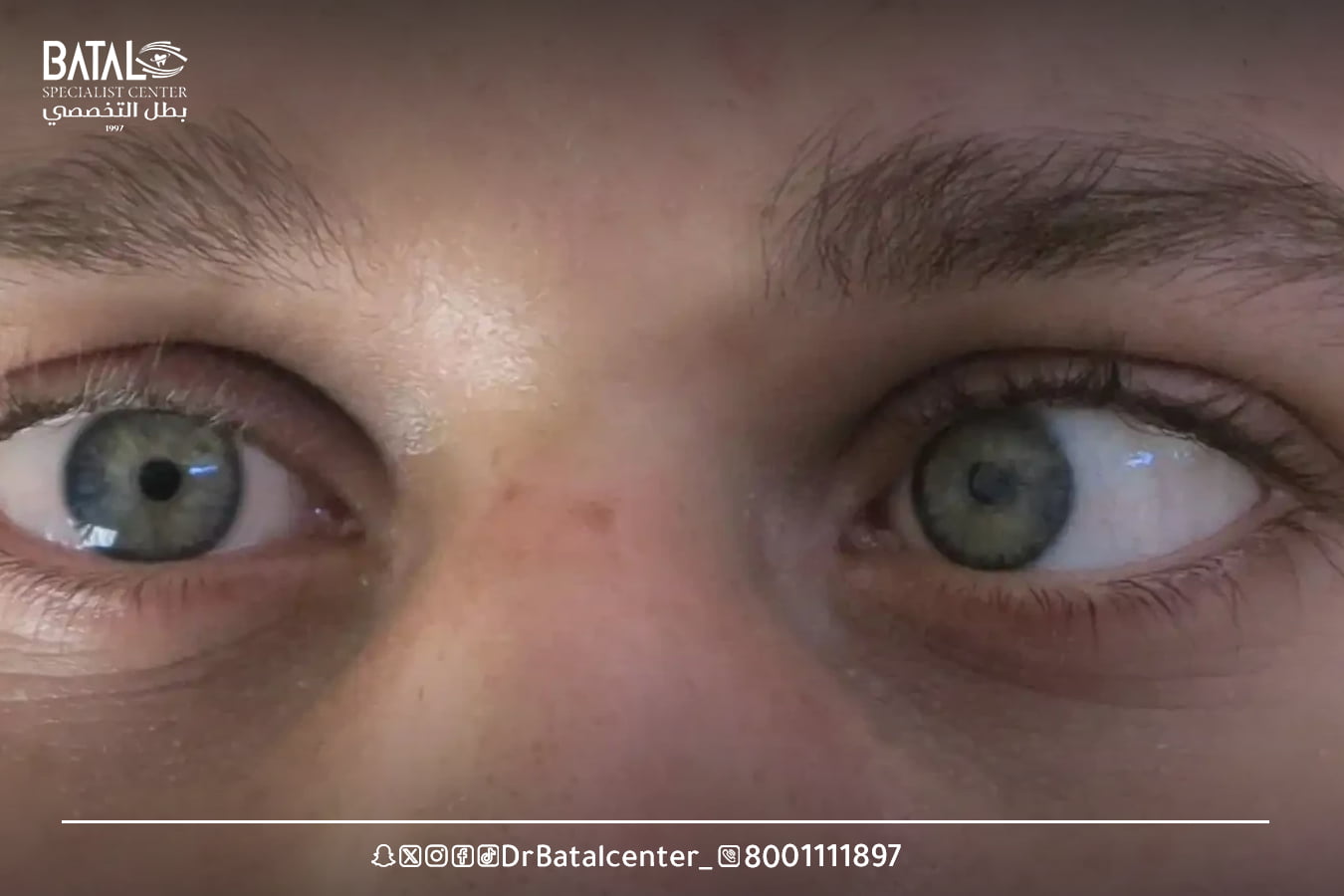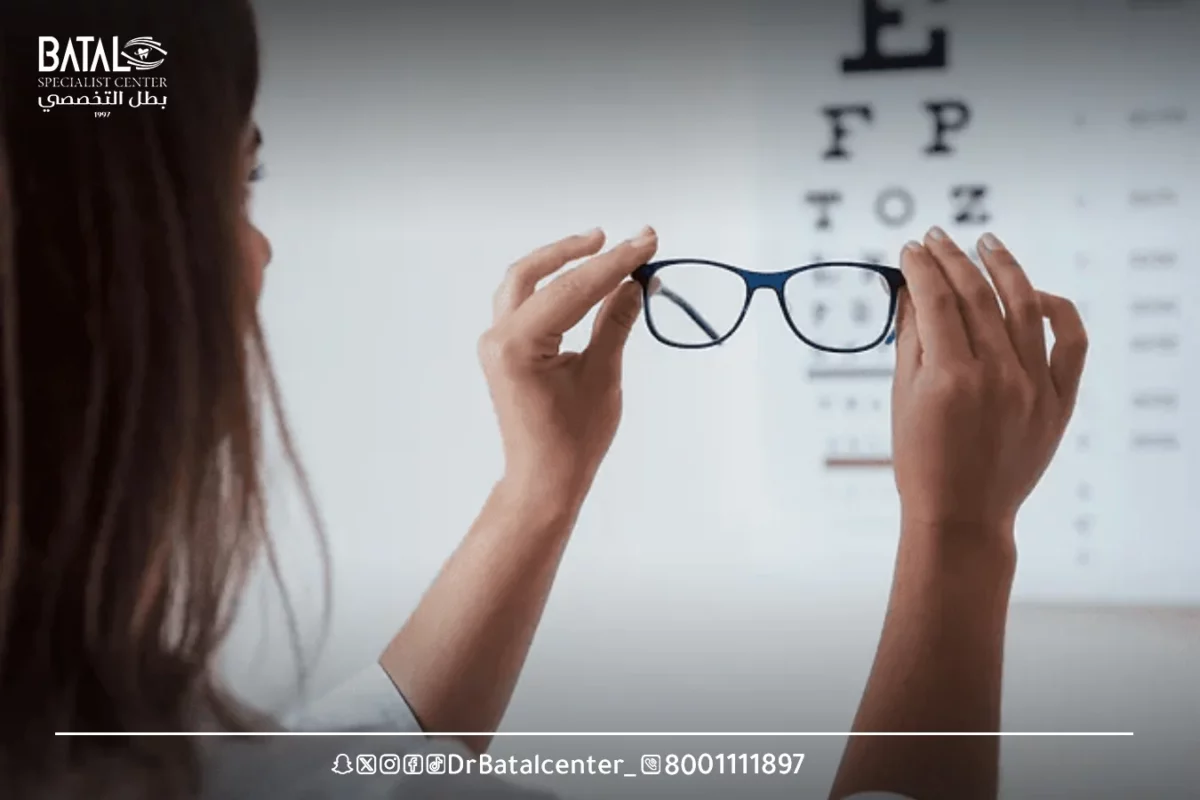Med info
Treating aberration naturally: modern treatment options

Vision deviation can be treated through different treatment options. The most common and effective methods include eyeglasses or contact lenses that compensate for the irregular shape of the cornea or lens, allowing light to focus properly on the retina.
These treatments aim to provide clearer, more focused vision, and improve overall vision quality for individuals with astigmatism.
Myopia, or astigmatism, is a common refractive error that affects the shape of the cornea or lens of the eye, causing blurred or distorted vision. Unlike normal eyes, which have a spherical shape, astigmatic eyes have an irregularly shaped cornea or lens, much like a soccer ball or rugby ball. This irregularity causes light rays to not be focused properly on the retina, resulting in blurred vision at different distances.
Can aberration of vision be treated naturally?
Astigmatism is a refractive error caused by the irregular shape of the cornea or lens, and usually requires corrective actions to obtain clear vision. Natural methods may help maintain good eye health, but they do not directly treat or correct astigmatism.
It is important to consult an eye care professional who can provide appropriate corrective measures such as glasses, contact lenses, or refractive surgeries. They can evaluate your specific condition and recommend the most appropriate treatment options for your astigmatism.

Treatment options for aberration of vision
Vision aberration is treated by precisely adjusting your focus on the retina, so you can see sharp images instead of blurry ones. The most important treatment options for blurred vision are as follows:
Treating blurred vision using eyeglasses
Glasses can correct both corneal astigmatism (when the cornea is irregular in shape) and lenticular astigmatism (when the lens inside your eye is tilted). Depending on how serious your aberration is, you may need to wear them all the time, or you may only need to wear them when you’re focused on a specific task.
Treatment for aberration may take some time to get used to astigmatism glasses, because in addition to making your vision clearer, glasses may slightly distort your vision for a few days.
For example, a round board may look oval or a flat table may look curved. Most people get used to it quickly, but some people need to change their vision measurement a little.
An eye examination allows determining the “refractive error” or degree of curvature. Your lenses are specially designed and shaped to resist this curve, bending the light back to one point.

Treating astigmatism using contact lenses
Like glasses, contact lenses can provide treatment for aberration, except that they are placed directly on your eye. There are several types of lenses available to correct astigmatism, including soft lenses, gas permeable contact lenses, and hybrid lenses.
- Soft contact lenses: Toric lenses are a specific type of soft contact lens used to treat astigmatism. The lenses are weighed to ensure they remain properly aligned. They also have different forces at different meridians to help correct your vision.
- Gas permeable contact lenses: Also known as RGP or GP contact lenses, this type of lens is stiffer to help maintain its shape on the eye. Although solid lenses can result in clearer vision, the fit and feel isn’t for everyone.
- Hybrid contact lenses: These lenses use a solid, gas-permeable lens material for the contact center surrounded by a soft material.
Laser treatment of vision deviation
Laser surgery reshapes the cornea to correct refractive error and treat aberration. There are two surgical options: LASIK and surface laser (PRK). The main difference between LASIK and PRK is how eye surgeons access the cornea.
LASIK surgery is characterized by the use of an ultra-fast femtosecond laser that uses tiny pulses of light to create a flap that folds back during surgery so that the ophthalmologist can access the cornea. The excimer laser then reshapes the cornea and smoothes out any abnormalities to eliminate refractive error.
PRK surgery involves: removing the outer surface of the cornea, known as the epithelium, before reshaping the inner cornea with a laser. The epithelium grows back after surgery. PRK is an alternative to LASIK for people with dry eyes or a thin cornea.

Treating eye deviation using intraocular lenses
People with aberration and cataracts can have corrective surgery to treat both conditions.
In typical cataract surgery, the eye surgeon removes the cloudy lens caused by the cataract and replaces it with a transparent artificial lens (IOL) inside the eye.
However, people who also suffer from astigmatism can get premium lens implants to correct it.
Treating blurred vision naturally
There are some steps you can take to improve your overall eye health and perhaps relieve some of the symptoms associated with astigmatism. Ways to treat blurred vision naturally include:
- Good eye hygiene: Maintain good eye hygiene practices, such as washing your hands regularly before touching your eyes, avoiding excessive rubbing of your eyes, and keeping contact lenses clean to prevent any potential eye irritation or infection.
- Eye exercises: Some eye exercises may help improve eye muscle strength and flexibility, which may indirectly benefit overall visual health. These exercises may include focusing on near and far objects, eye rotation, and blinking exercises.
- Healthy lifestyle: Following a healthy lifestyle can have a positive impact on your eye health. Eat a balanced diet rich in nutrients such as vitamins A, C, and E, omega-3 fatty acids, and lutein. Stay hydrated, exercise regularly, and maintain a healthy weight.
- Reduce eye strain: Reduce activities that may strain your eyes, such as spending too much time in front of screens, reading in poor lighting conditions, or working in environments with excessive glare. Take regular breaks and practice the 20 20 20 rule: Every 20 minutes, look at something 20 feet away for 20 seconds to reduce eye strain.
Certainly, consulting an ophthalmologist who specializes in treating aberration is essential to determine the most appropriate treatment option for each patient. Your ophthalmologist will take several factors into consideration when deciding on a treatment plan, including:
- Astigmatism severity: The degree of astigmatism plays a crucial role in determining appropriate treatment. Mild astigmatism can be effectively managed with eyeglasses or contact lenses, while more significant conditions may require additional interventions such as refractive surgery (laser).
- Lifestyle and visual needs: The patient’s lifestyle and visual requirements are important considerations. Some individuals may prefer the comfort of wearing contact lenses, while others may choose glasses.
- Eye health and stability: General eye health will be assessed, including the presence of any other eye diseases.
- Patient’s age: The patient’s age is an important factor. For children or adolescents whose eyes are still developing, alternative treatment options such as contact lenses that reshape the cornea or specialized glasses may be considered. Refractive surgeries such as LASIK or PRK are usually reserved for adults once the prescription has stabilized.
Tips from the Eye Center at Al Batal Complex for those who suffer from eye deviation
If you suffer from misaligned eyes, seeking advice and treatment from an eye center or specialist ophthalmologist is crucial. Here are some tips from the Eye Center at Al Batal Complex for those suffering from eye deviation:
- Eat a nutritious diet rich in fruits, vegetables, whole grains, lean proteins, and healthy fats. Include foods that are good for eye health, such as leafy greens, colorful fruits and vegetables, fish rich in omega-3 fatty acids (such as salmon), and nuts.
- Wear sunglasses that provide 100% UV protection when outside, even on cloudy days. Prolonged exposure to ultraviolet radiation can increase the risk of cataracts, macular degeneration, and other eye diseases.
- If you spend long hours in front of a computer or digital device, follow the 20 20 20 rule, as this can help reduce eye strain and fatigue.
- Ensure proper lighting when reading or working on nearby tasks, avoid glare, and set the lighting to a comfortable level.
- Smoking increases the risk of cataracts, macular degeneration, and other eye diseases. Quitting smoking can have a positive effect on your eye health.
- Drink enough water throughout the day to maintain overall hydration, including adequate eye hydration. This can help prevent dry eyes and promote overall eye comfort.
- When engaging in activities that pose a danger to your eyes, such as exercising or working with hazardous materials, wear appropriate protective eyewear to prevent injury.
- Regular exercise, maintaining a healthy weight, managing chronic conditions (such as diabetes or high blood pressure) under medical supervision, and getting enough sleep are all factors that contribute to overall eye health.
- If you wear contact lenses, follow recommended hygiene practices, including proper cleaning, disinfection, and lens replacement according to your eye care professional’s instructions.



